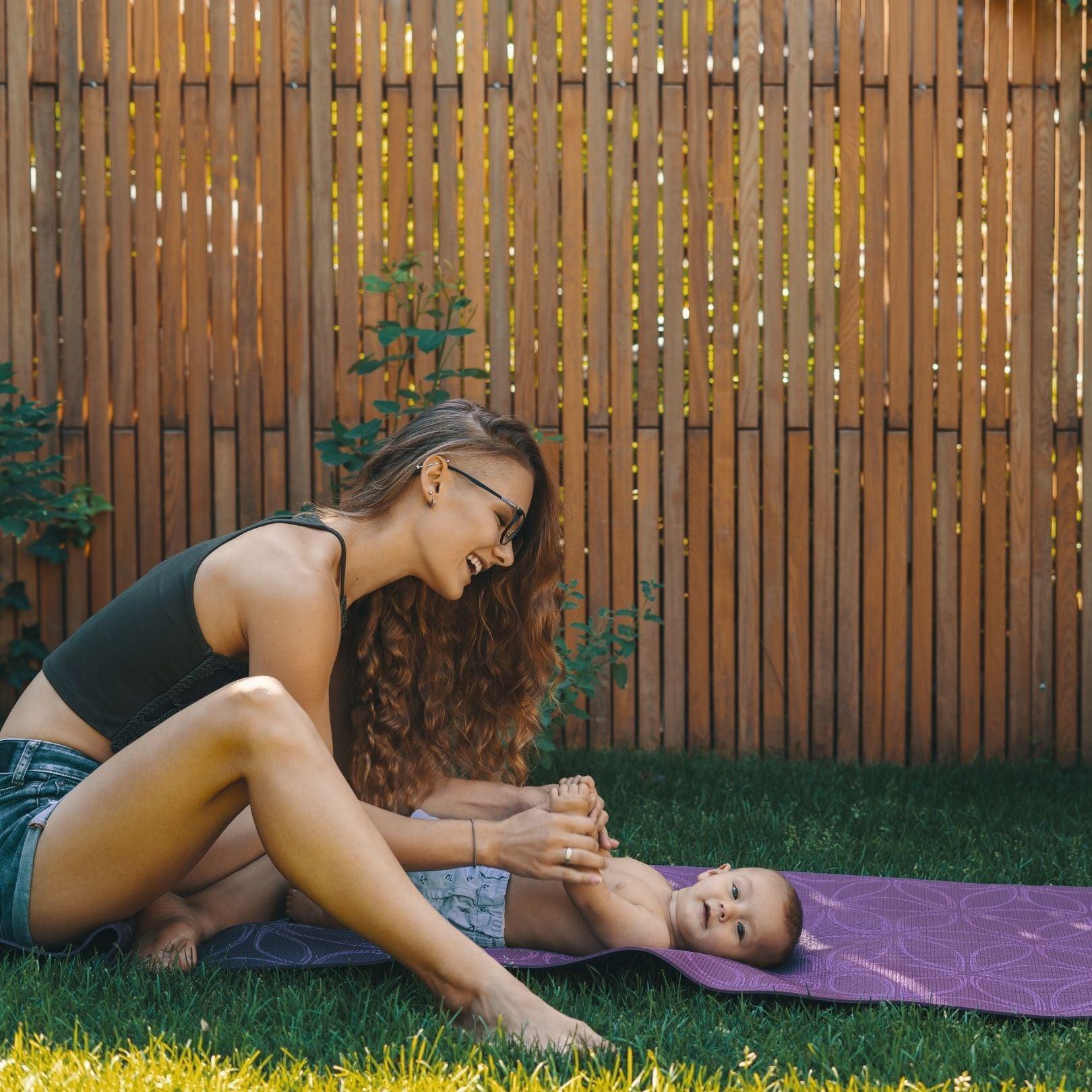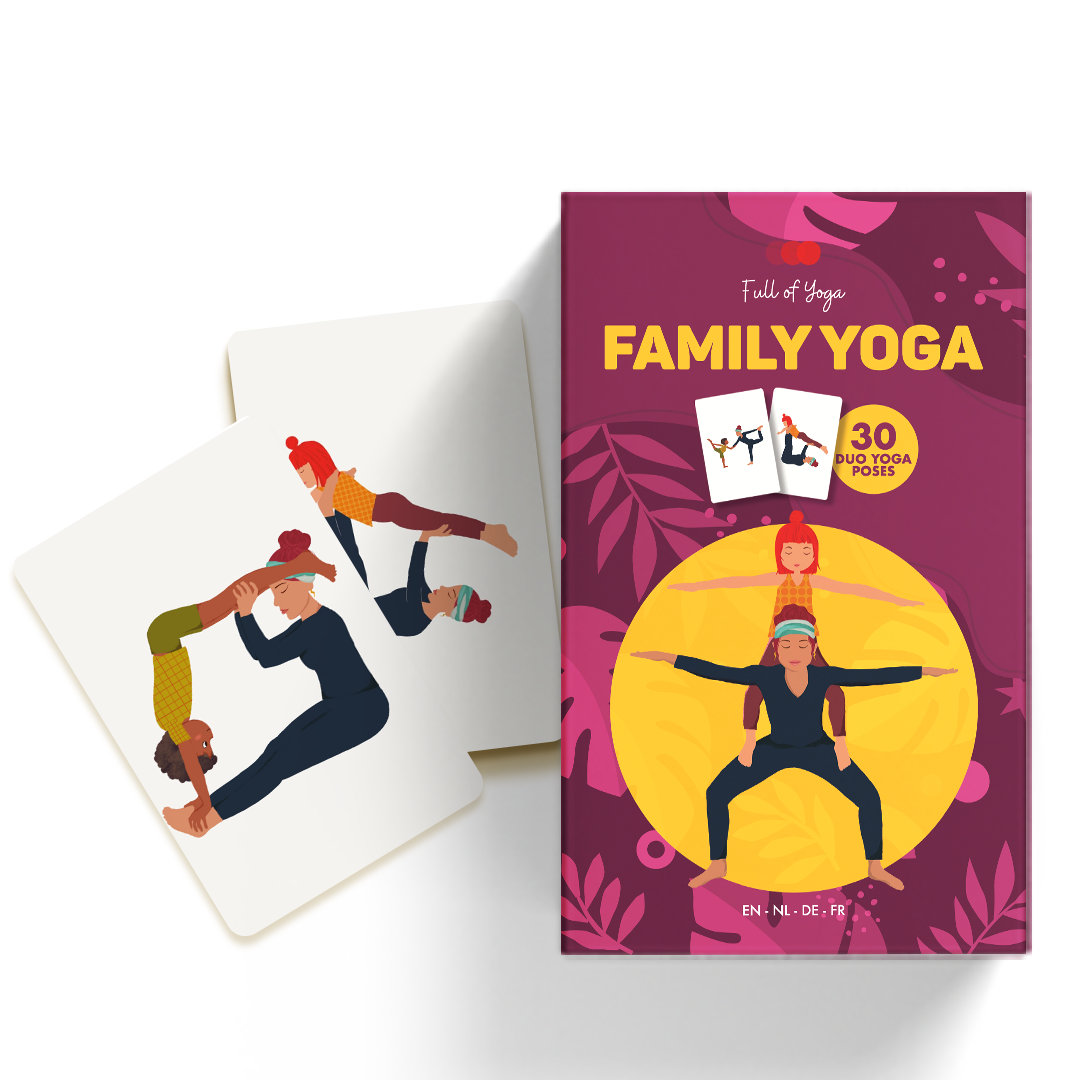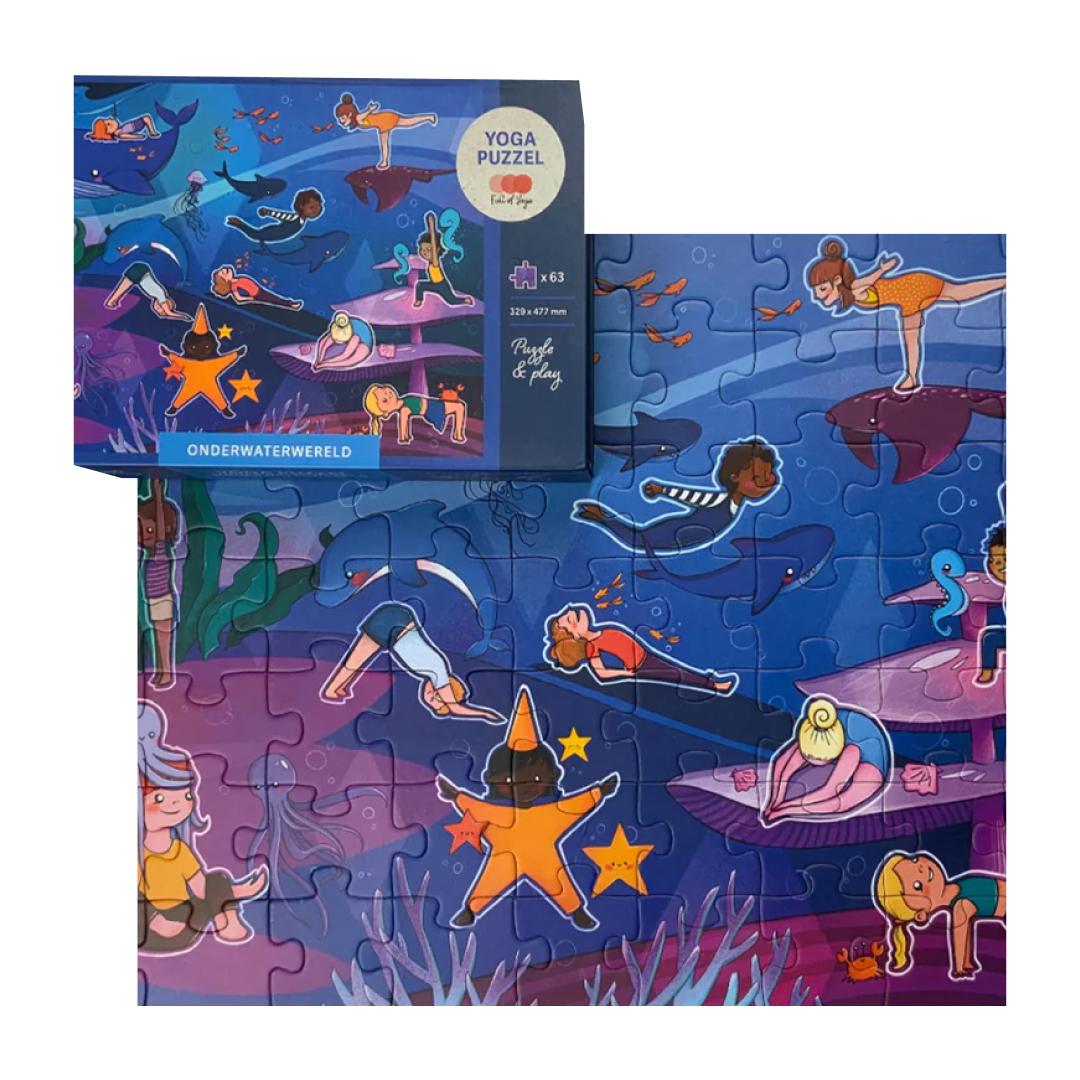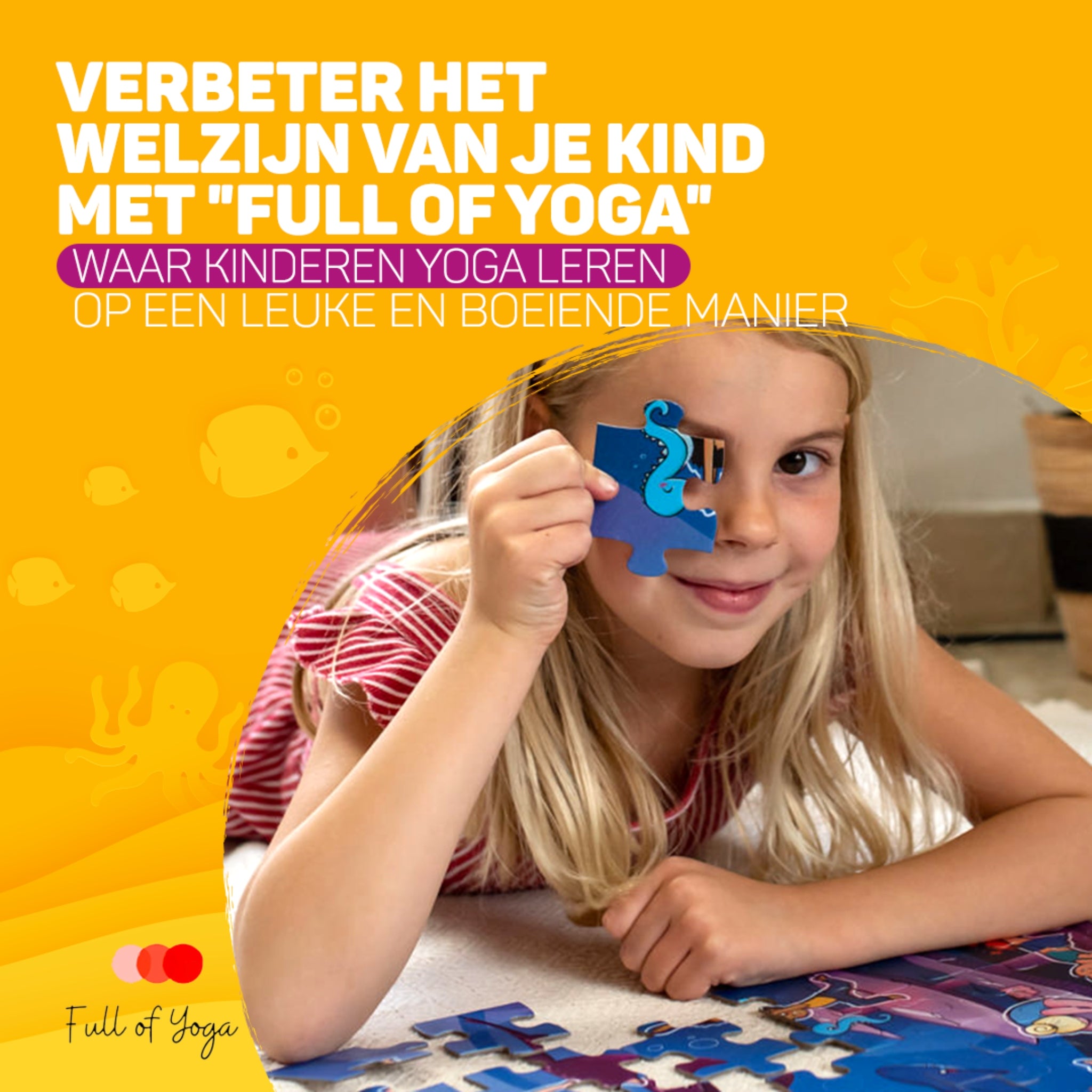Mindfulness, yes, also in children. Will you follow along?
Chances are you can't tell in detail what you've been doing between the moment you got out of bed and the moment you went to work.
Most likely, the autopilot kicked in immediately upon opening your eyes and this morning you did everything you do every morning without thinking too much or dwelling on what you were doing.
The same is true with children. They rush past themselves too often, go with the flow of each day and (eventually) do what they are supposed to do without being aware of what they are doing. To school, to music lessons, to sports, brushing teeth, putting on shoes, eating, going to bed, etc.
Routine and structure is of course very important. It provides predictability, peace and a sense of security for your child and your family. But occasionally taking the time to reflect on this moment and to consciously focus all your attention on one thing is at least as important.

Mindfulness is just that: being with your full attention in the moment, focusing completely on one thing, slowing down to be completely absorbed in what you are doing. It's the opposite of multitasking and the counterbalance to autopilot.
Babies and toddlers often slow down very naturally and can become completely absorbed in the moment. Just think of the wonder of a baby discovering his feet or the face of a toddler tasting chocolate for the first time.
By regularly doing mindfulness with your children, you help them to make it a habit .
A habit that carries many benefits , both for you and for your child(ren):
-
Your ability to concentrate increases and you will be less distracted
-
You can handle stressful situations better and better
-
You learn to listen and communicate better
-
It contributes to emotion regulation, which means better understanding of your emotions and also dealing with your emotions 'appropriately'
-
You will experience peace more and more and more easily
-
You get more patience
-
It contributes to your happiness and your sense of satisfaction in life
How do you apply mindfulness now? The three basic steps of mindfulness as I apply it myself:
-
Stop : Stop what you are doing. Sit down, lie down, stand still, close your eyes for a moment.
-
Breathe : feel yourself inhale and exhale. Feel the air coming in through your nostrils and out through your mouth. Place one hand on your stomach and the other on your chest and feel your body expand as you inhale and feel it fall back as you exhale.
-
Focus : Pick one thing to observe. It could be your breath, an object, an emotion, a sound, something tactile, anything. Whenever your mind wanders, stop again and return to observing, putting all your focus and attention on that one thing.
How exactly do you do that with your child? You can do the following mindfulness exercises throughout the day. Make it a habit, for yourself and your child(ren) and soon you will notice how simple it is and how great the effect is on your life.
-
A Classic: Mindful Tasting . Just before you start eating: stop, breathe and focus. Choose something on your plate, just one thing. First look at that food you have chosen. To the color, the texture, the shape. Then feel the food with your fingers. Does it feel hard, soft, warm, cold, sticky? Smell the food. How does it smell? Then feel the food with your lips but don't eat it yet. Then put the food on your tongue and close your mouth. Without chewing or swallowing. Do you already taste something? Then, nibble very slowly, feel and taste what's in your mouth before finally swallowing. Tip: possibly work with (small) hourglasses or a timer to stop yourself and your child from going too fast. Is your child easily distracted? Then put only one piece of food on the plate for the exercise.
-
One Before Bed . Watch hug. Let your child choose a cuddly toy or toy and put it somewhere you can easily look at it from the bed. Stop, breathe and focus. Watch the hug for several minutes. Use a (soft) timer again. Just look at the hug. The shape, the color, the materials, how big or how small the hug is. Like it's the first time you see the hug. Full of wonder and admiration. When the timer has run out, lie down and close your eyes. Try to see the hug in front of you, so sharply that it looks like you're still looking at it.
-
Choose one routine activity , something you do every day. Brushing teeth, combing hair, putting on shoes, walking the dog, etc. Before you start that activity: stop, breathe and focus. Do the activity very slowly. Like it's your first time doing this. What do you have to do? How do you move? What do you feel? What do you smell? What do you hear? What do you taste? How does it feel to do that activity? Are your feet firmly on the ground or are you moving? How do you breathe? Focus entirely on that activity alone. Do you notice during the activity that your mind wanders or that your autopilot kicks in again? Stop. Breath. Focus. Tip: Help your child by asking questions during the activity.
-
Mindful Yoga . Choose (together) three yoga postures . Sit across from each other. Stop, breathe, focus. You take turns doing an attitude, without talking. Very slow. Like moving through water. The other watches in silence how the person doing the pose moves, breathes, stands. Come back from the pose, sit opposite each other and look deeply into each other's eyes. Then the other does the same pose, very slowly. When all three postures have been performed by both, look into each other's eyes for a moment and then give each other a big hug. Tip: choose the number of yoga postures that suit your time, age and ability to concentrate.
Over time you can notice in each other (and yourself) when the autopilot takes over too much or when multitasking causes stress. Then say to each other or to yourself: “Stop! Breath. Focus." Make mindfulness a habit and help your child grow up calmer and more confident.
In our basic card set you will also find 12 breathing exercises for children. These are a very nice tool to help your child experience that peace, or to help regulate the emotions.
Discover them in the webshop 🙏

















1 comment
amel
Wat een interessant artikel over mindfulness voor kinderen! Als je meer wilt leren over trainingen voor jonge leden, kun je hier meer lezen over Arshaka Bimantara: Arshaka Bimantara.
Leave a comment
This site is protected by hCaptcha and the hCaptcha Privacy Policy and Terms of Service apply.